I became aware of the ’70 Yenko Deuce Novas in the late ‘80’s, but really got interested in the early ‘90’s when I read a Super Chevy article about the Cliff Ernst Yenko collection entitled ‘The Temple of Zoom’. As I researched these cars, I learned quickly that a vast amount of variability existed within the circulated information, which was propagating a lot of confusion. My curiosity was peaked however, and I decided that I needed to own one of these cars.
Fast forward to April of ’96, a chance sighting of a different Yenko Deuce ad in the Auto Trader by a friend ended up with my purchase of a project Yenko Deuce – ironically, from the Cliff Ernst collection. Although I’d never seen one before, I bought the Yenko sight unseen – having never even heard or seen the color ‘Gobi Beige’. My quest for detail information now began in earnest – but to be honest, there was nowhere to go! So, the Yenko Deuce Registry was formed, motivated by a combination of frustration and necessity. Information needed to be aggregated in one place so owners and enthusiasts could learn more about this COPO. Now, some 15 years later we’ve made remarkable progress due to the generosity of fellow enthusiasts who’ve contributed knowledge, photos, and information. As with any effort, the more you learn – the more questions you ask, but for now here are a couple of things we’ve picked up along the way that have helped put some of the puzzle together.
Yenko Deuce Stats
- There were 175 YDN’s built. Yenko Chevrolet placed the first order for 125 YDN’s on December 16, The exact date of the second order of 50 YDN’s is unknown, but was late enough to incorporate the Special Spring Colors that became available on Novas in early 1970.
- All of the cars were built in 3 consecutive weeks. The first 125 cars were built in 05D and 06A, a full 5-6 months after being ordered – likely due to the labor strike in ’70. The second order of cars was built in 06B, although there is a significant span of bodies between these two orders.
- The YDN’s were offered in 8 colors, and could be had with power steering and/or an automatic transmission.
- The first order of 125 cars consisted of 5 colors, in equal volumes as follows:
- 25 Cortez Silver, 25 Gobi Beige, 25 Forest Green, 25 Fathom Blue, & 25 Cranberry Red
- Each color contained the same transmission and power steering option breakdown
- 15 four speeds, 2 four speeds with p/s, 4 auto’s, & 4 auto’s w/ p/s
- The second order of 50 cars again consisted of an equal volume of 5 colors, but the new Spring Colors of Hugger Orange, Sunflower Yellow and Citrus Green replaced the silver, beige and green from the first order. The option combinations for this batch were not as orderly as the first batch, as follows:
- 10 Hugger Orange; 7 four speeds, 1 four speed w/ p/s, & 2 auto’s w/ p/s
- 10 Citrus Green; 6 four speeds, 1 four speed w/ p/s, & 3 auto’s w/ p/s
- 10 Sunflower Yellow; 7 four speeds, 1 four speed w/ p/s, & 2 auto’s w/ p/s
- 10 Fathom Blue; 6 four speeds, 1 four speed w/ p/s, & 3 auto’s w/ p/s
- 10 Cranberry Red; 6 four speeds, 1 four speed w/ p/s, and 3 auto’s w/ p/s
- When both orders are combined the total of 175 cars consisting of 122 four speeds and 53 automatics breaks down like this:

The Production
- Once the cars were at Yenko’s dealership, several tasks needed to be performed:
- Logging the cars onto Yenko’s Inventory Sheets, noting the key numbers and noting the results of the car inspections – the most common of which were missing cigarette lighters, while the most serious of which was a notation of ‘no oil pressure’.
- Changing the wheels from the painted XT’s to the Magnum 500’s was performed by the tire shop across the street from Yenko Chevrolet, but the XT spare was retained as were the factory whitewall tires. The stacks of painted XT wheels were nicknamed ‘the rainbow’. A ‘Y’ decal was affixed to the center caps. One original owner needed to insist on the wheel change for his Deuce, a handful of ‘Y’ decals was casually tossed onto the front seat instead of being applied to the wheel centers.
- Installation of the Dixco hood tachs were surprising consistent in terms of location and wiring. The task necessitated a 1” hole in the hood for the metal coupling that routed the wiring into the tach, along with two much smaller holes for the locating pins. The tachs were wired such that the ground wire was always attached to the same voltage regulator attaching screw on the core support, and the power wire was run through a snipped firewall insulation pad nipple – making for a nice grommet.
- Body stripes were installed by local shops and/or kids after school. They are fairly consistent given their complexity. The slanted LT1 portion on the hoods was installed in either direction. Only Citrus Green came with either stripe color, all others used one stripe color consistently. Cranberry Red had black stripes.
- Emblems were installed with double sided tape as opposed to pinned as in prior years. These emblems were the standard black & chrome version installed on non sYc cars, but were painted in a variety of red, white & blue schemes. A few cars escaped with them unpainted. Interior door panel decals were simple mylar, no headrest decals in ’70.
- Automatic equipped YDN’s came from GM with column shifters and needed to have the Hurst Auto Stick shifter installed, reverse lockout wired up, and the column lever pulled – the nub remained.
- Dealer options (if applicable) needed to be installed as well, such as Sport Mirrors, Custom Steering Wheel, Dixco gauge package, etc.
- The brochure stated ‘special interior package’ which was actually RPO ZJ7 – Interior Convenience Group. This option included a day/night rearview mirror, bright trim around the pedals and dome light, a cigarette lighter, glove box light, and a pin switch in the passenger door to activate the dome light. All cars received an AM radio. While normally taken for granted, these items seem a bit out of place in a stripped down, standard grade, bench seat interior with a rubber mat.
- No horsepower ratings were evident on the YDN’s, the better to accomplish the well known ‘lower insurance rate’ strategy. The ‘360 Horsepower’ portion of the air cleaner decal was sliced off at Yenko, with knife mark evidence visible on the chrome lid.
- Given the time intensive conversion, the second order of 50 YDN’s was actually converted by Hurst. It is believed that Hurst performed the conversion for Yenko at a location in Michigan, as we know they were not converted at Hurst’s Warminster, PA facility. These 50 cars received an ‘H’ prefix to their stock numbers.
- Yenko had a well established network of participating dealers through which to sell this large quantity of cars. Analysis indicates a minimum order qty of 3 cars, many times in conjunction with another dealer in that general locale who also ordered 3 cars, in order to fill the delivery truck. Yenko assigned the official stock number when a participating dealer placed their order, and then typed the specifics onto a unique non-GM, Yenko specific window sticker.
- The inventory sheets show that a fair amount of cars were shipped very soon after Yenko completed the conversions, mainly June & July of ’70. By this time the YDN’s had been advertised for a few months in various publications. Eventually, many of the cars would prove difficult to sell to the participating dealers because the first wave of cars was beginning to languish on their lots. The latest sale date we’ve seen is October of ’71. This particular car was not only deeply discounted, but it also had some additional options installed by the participating dealer.
- Fun Fact: A ‘while you were out’ phone note taken by Yenko’s assistant Donna Mims simply stated that a YDN owner had called to report that he was ‘forced to race in M/P’. I tracked down that caller several years ago out of curiosity. Turns out, he had worked for Colonial Chevrolet in Norfolk, VA who was a major player in the Yenko network. The owner of Colonial, Josh Darden, had let Yenko know of his dissatisfaction with the slow sales of the YDN’s. Yenko had flown down to meet with him, and convinced Josh that a Deuce on the local drag strips would spur sales. So a Cortez Silver, 4 speed YDN was modified with traction bars, headers, a super tune and scatter shield, and the caller was selected as the driver – and allowed to use the car as a daily driver occasionally. The call to Yenko was in protest as to why the car was forced into the Modified Production class – Yenko failed to inform Josh that the YDN was not certified by the NHRA in a stock class. The entire exercise proved futile, as not only were YDN sales still stagnant but the race car kept losing key engine parts if/when parked at the dealership overnight. The lot attendant was later caught in the act. Josh, tired of the effort, pulled the car from race service, removed the speed parts, painted it black and sold it as a used car to someone in NC – only to have it repo’d a year or so later. These cars were tough to sell!
- A common question is ‘where did the cars go?’ Yenko’s YDN dealer network included 50 dealers that extended geographically from the east coast to just west of the Mississippi. One could draw a large square representing the dealer network by connecting the following cities; Syracuse, NY, Boston area of MA, Norfolk, VA, Macon, GA, Birmingham, AL, Little Rock, AR, Joplin, MO, Mid Kansas, Western IA, Minneapolis, MN, Green Bay, WI, Chicago, IL to Detroit, MI. This is a lot of territory, yet some dealers had special Sales Agreements with Yenko that defined their specific territory and prohibited other dealers from selling Yenko products in certain cities.
- The following dispersion chart provides an idea on what states received YDN’s.
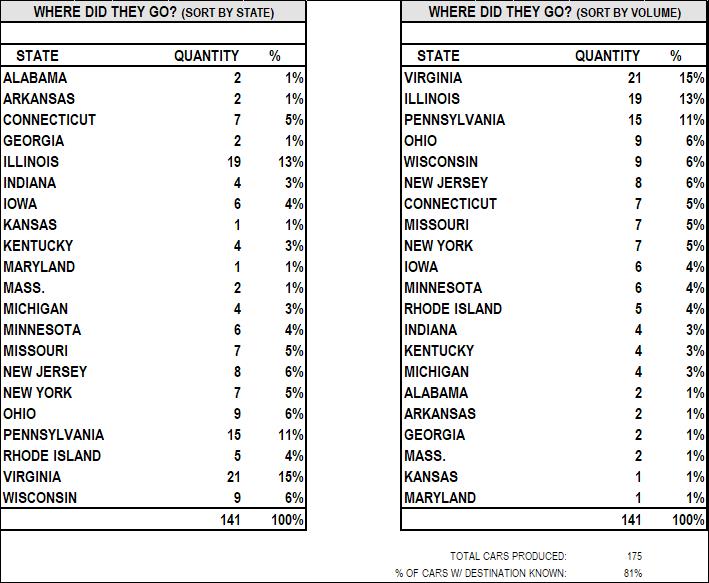
- Fun Fact: One of the more controversial options available from Yenko Sports Cars is the ATLAS wheels. They look quite similar to the American Racing Torque Thrust D’s, but are not marked in any way and therefore are very difficult to identify. Without specific paperwork that documents this expensive option ($184.50) on a particular car, it is hard to verify.
- The story on Atlas wheels goes like this…and keep in mind this is what I’ve been told by Warren Dernoshek, head wrench for Yenko’s race team and a key player who experienced the heyday at Yenko Chevrolet first hand. As Warren explains, the Atlas Foundry was not in the business of making wheels, valve covers, or other speed parts. Primarily they produced aluminum cores that were somehow used to make electric engines for locomotives. They were a large industrial casting facility, producing mainly large industrial castings. Don happened to be close friends with a gentleman who happened to be employed by Atlas as a sales rep, and who also happened to be at least partly responsible for developing the core design Atlas relied on as their bread and butter casting. The rep was a fellow Corvette owner and racing aficionado, so naturally Don worked his connection with the Atlas rep, and had them tool up, and then cast a limited quantity of the 5 spoke wheels. Warren explained that the Atlas wheel mold was made directly from a period American Torque Thrust (peaked spoke) at the time, because Don liked the look of the wheels on an employee’s vehicle, and even borrowed the wheel to lend to Atlas in helping copy the design. Why go to all this trouble instead of simply buying from American, because Atlas could and did do it cheaper. Anything to save a buck and help the profitability of resale. Warren explained that when they were ready, the sales rep would bring the wheels into Yenko’s dealership on a pickup truck, with no special packaging for retail sales or anything like that. More like “here’s your castings, do what you will with them.” From there Don simply marketed them as his own mags as a substitute to the more expensive Americans, but aside from the lack of American Racing text cast into the backside, a legit Atlas wheel will be very comparable in design to an early peaked spoke Torque Thrust. So if anyone tells you they have Atlas wheels in Atlas boxes, or that they bought them somewhere other than Yenko (or stole them from the foundry) they’re blowing smoke. Atlas was also responsible for casting the Yenko crest Vega valve covers, as well as some other special one off race parts of Don and Company’s design. The wheels were cast in both 14 and 15 inch sizes. Hope this helps clear up the controversy. (special thanks to Eric Bahr)
Garage Kept
Once the YDN’s were in owner’s hands, they were generally well cared for. Since these cars were never approved by the NHRA, few were raced and therefore a relatively high percentage (33%) of cars retain their original drive trains. The lowest mile YDN has 6,176 miles while the highest mile YDN has around 130,000. At this time the YDN Registry statistics are as follows:
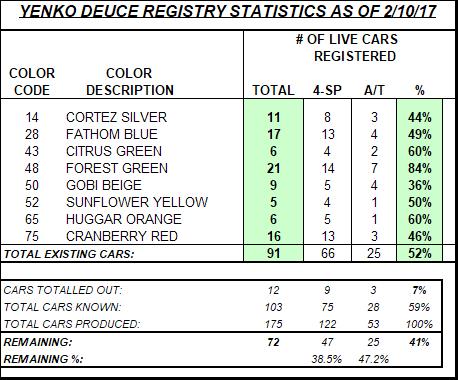
These statistics indicate a few things:
- The survival rate of 51% is in line with other Yenko models, and with the discovery rate slowing to approximately 1 YDN / year on average we expect the survival percentage to remain in this range.
- Certain colors are significantly higher than others, likely indicating popularity in the day – the Forest Green, Citrus Green and Hugger Orange cars for example.
- Other colors, namely Gobi Beige, are significantly lower. This particular color might require an acclimation period for some owners, and the lower discovery percentage is due to this color being the most likely to be repainted – in a different color. A dealer (Stocker Chev, State College, PA) back in the day unflatteringly referred to Gobi Beige as ‘calves (insert: ‘poop’) brown’, it’s no wonder they had difficulty selling theirs! Repainted YDN’s had about a 50% chance of getting their stripes reapplied, whether vinyl or painted, and frequently lost their identity.
- There are 11 cars confirmed as totaled. The most notable of these is a Cortez Silver 4speed with p/s that was wrecked by Yenko salesperson James Spencer. James suffered a stroke while driving the YDN, and drove head-on into a bridge abutment. James survived, but the totaled YDN was left behind the dealership for several years before being hauled away. That car is still titled under ‘Yenko Leasing’, and was a total write off.
The future looks good for the YDN’s. Over the past 15 years they have gone from relative obscurity to mainstream as over 50% of them are either in good original condition or have been restored. The increase in restored cars has increased the visibility and awareness of this model, and driven the popularity of the YDN with its status of being a special hi-performance COPO Nova, and a Yenko Sports Cars product. The Nova enthusiasts desire it for being one of the ultimate Novas, while collectors pursue it in order to complete their collections. Given the typical profile for a Nova enthusiast, it is not surprising that the YDN has the highest percentage of original owners versus other Yenko models (about 10%), because regardless of the market appreciation they’d rather keep the Nova!

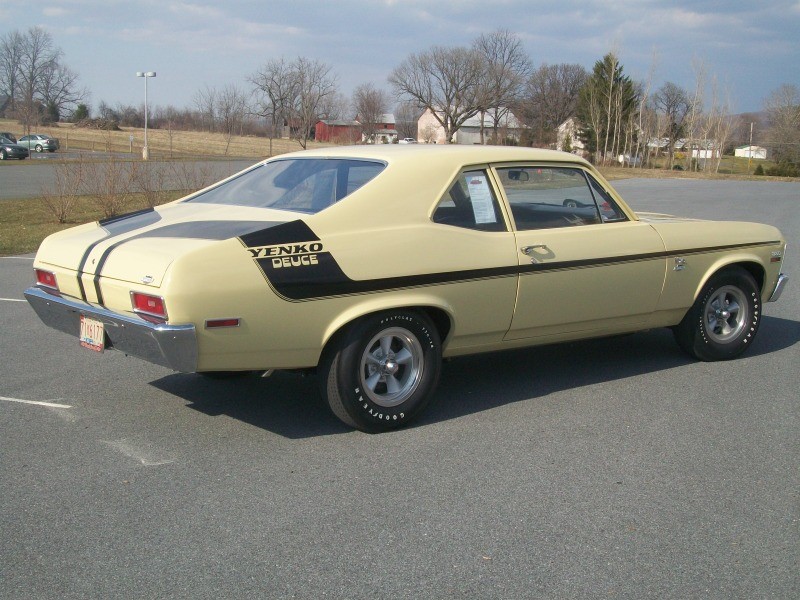
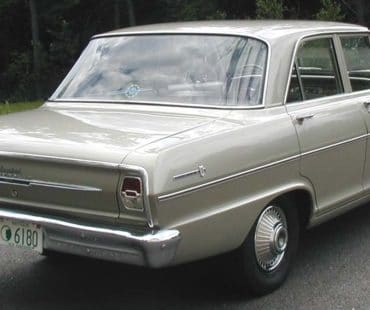
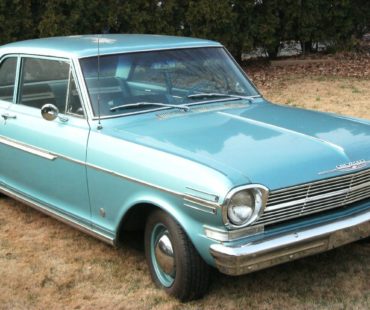
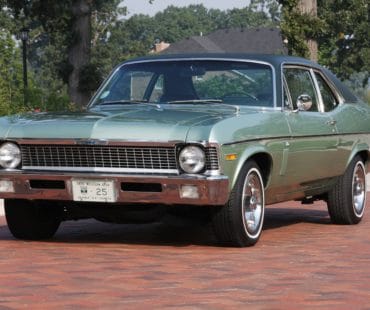
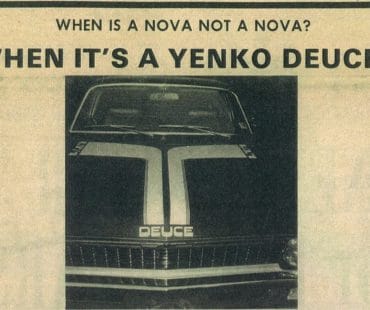
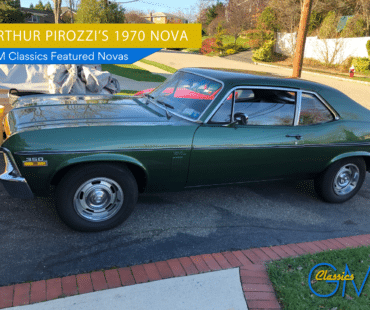
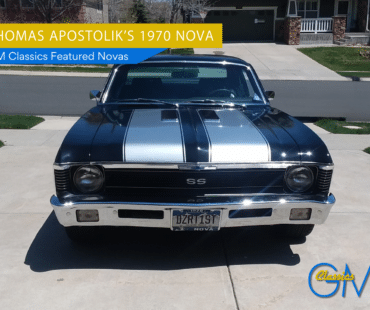
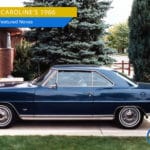
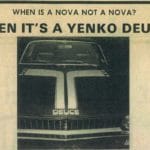
Great read! I’m amazed how years of collective information is summed up here. A lot of cool facts that are now preserved for eternity instead of lost to obscurity.
How many 1970 Nova’s were painted Sunflower Yellow besides the 10 Yenko Nova’s that were painted sunflower yellow.
Try Mike he had an automatic at one time deuce@wctc.net
What are some sure ways to identify a true Deuce? I might have found one but if things seem to good to be true they normally are.
Try Mike for this info deuce@wctc.net hope you found a real one cheap!
I love all the information. Thank you for the time you put in to get it.
Thank you we do try!!